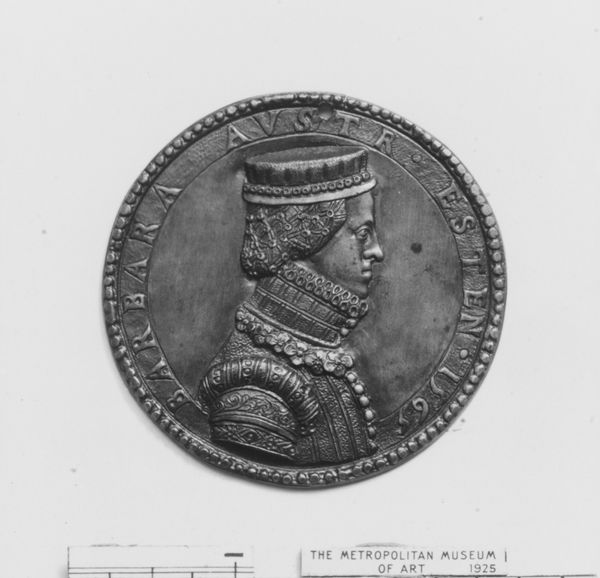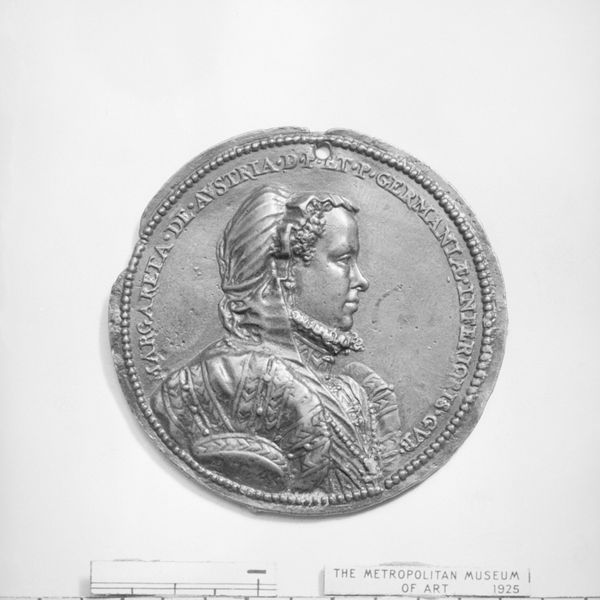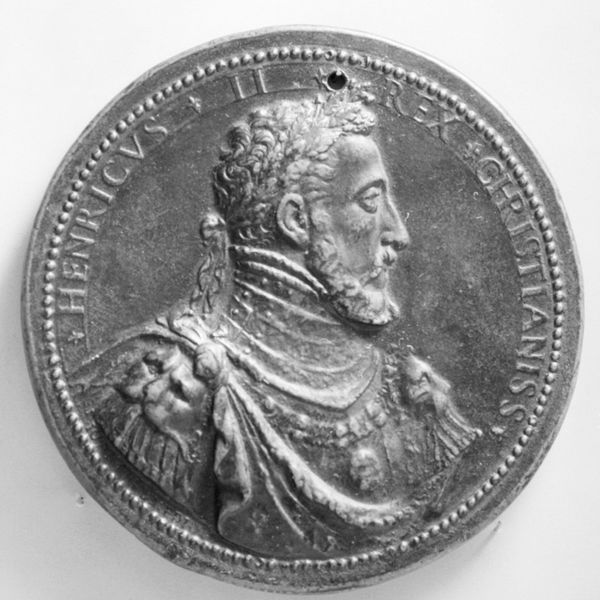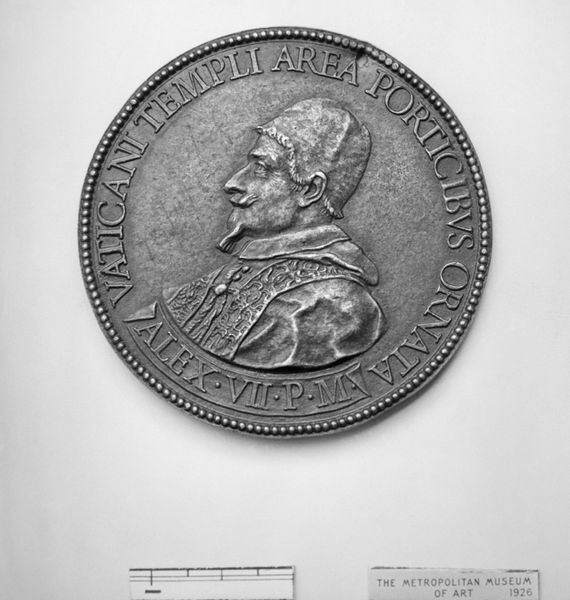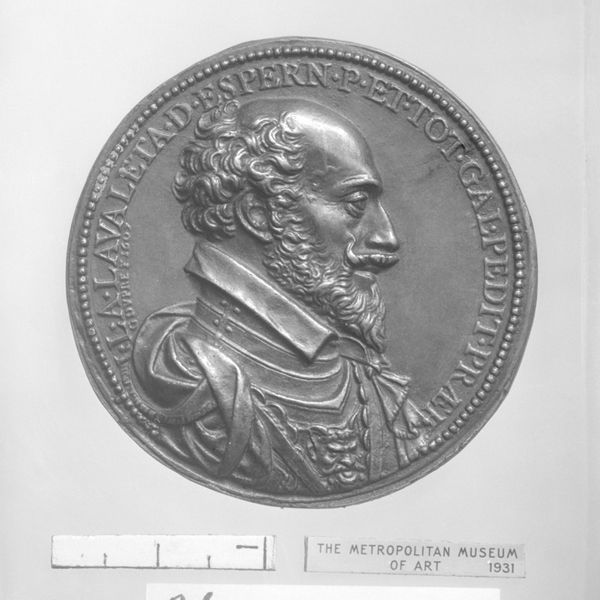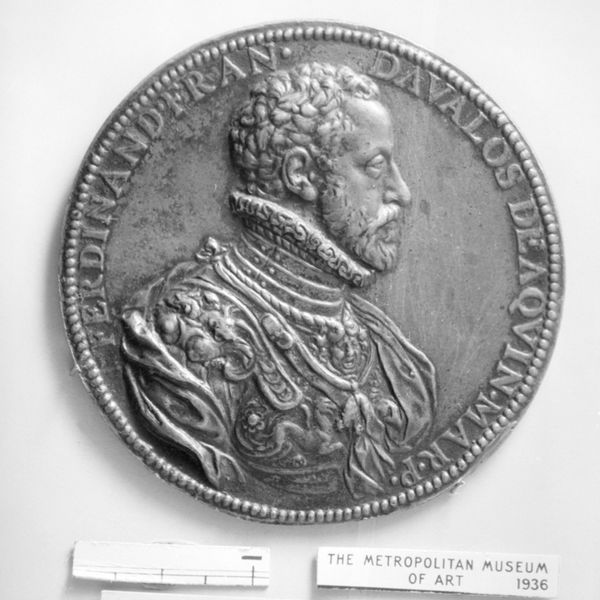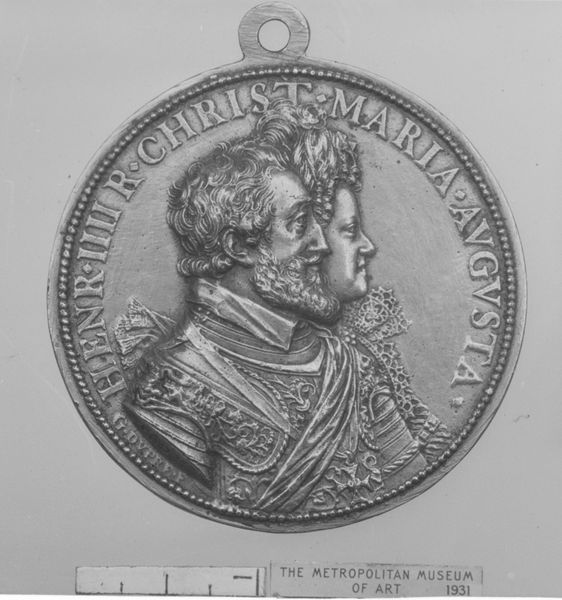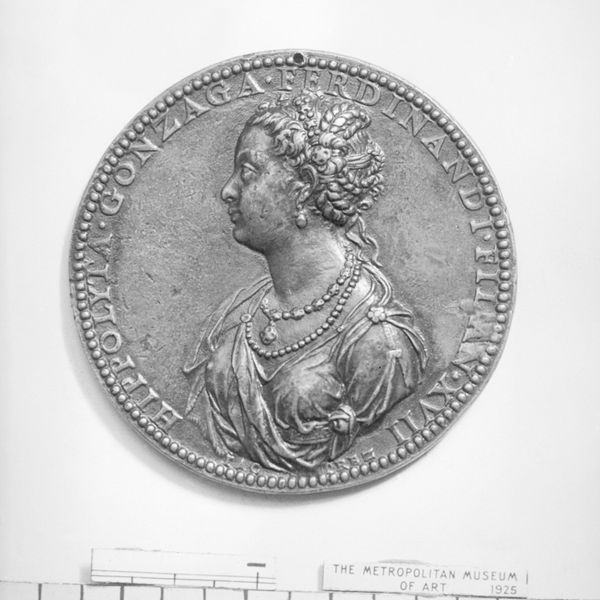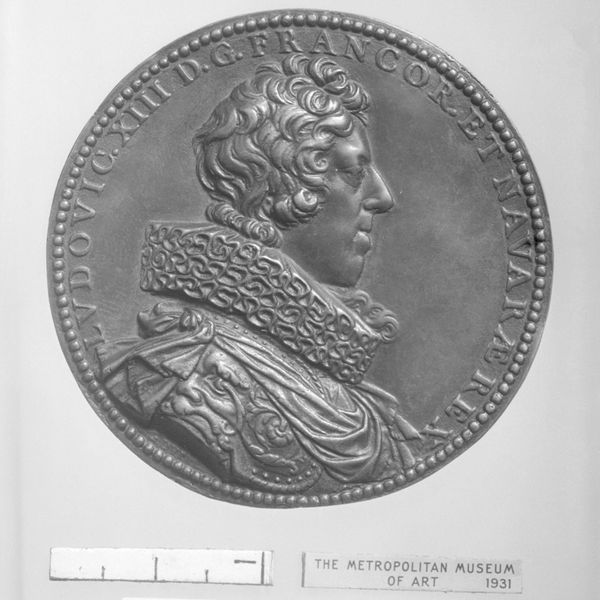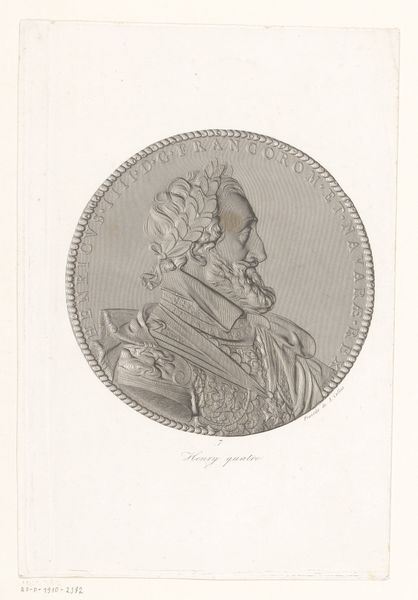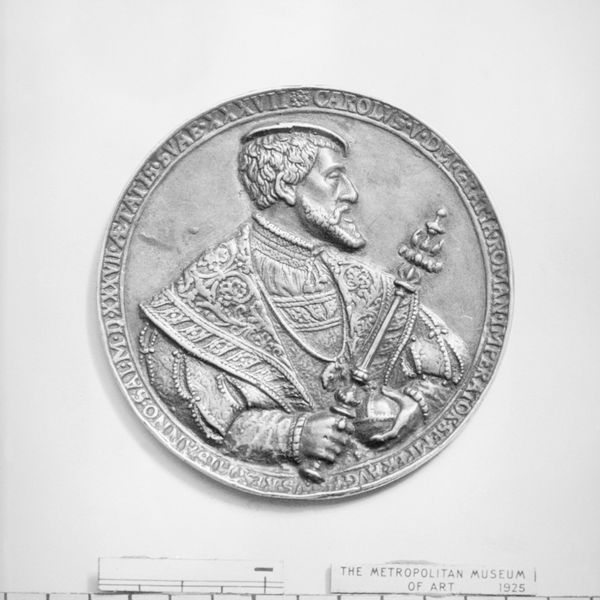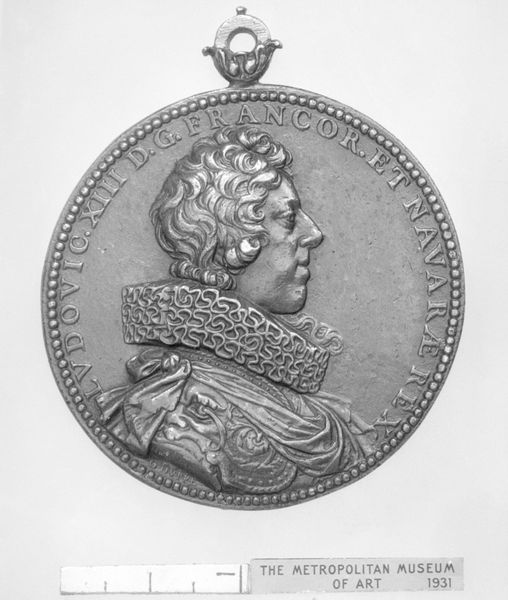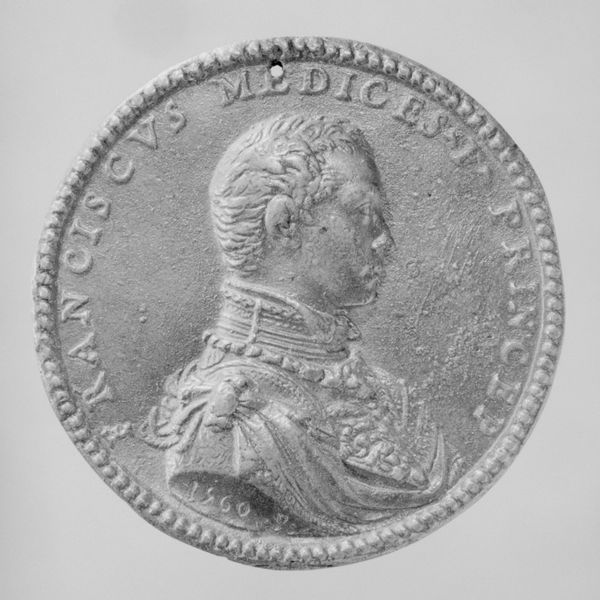
metal, relief, sculpture
#
portrait
#
high-renaissance
#
metal
#
relief
#
sculpture
Dimensions: Diameter: 2 5/8 in. (6.7 cm)
Copyright: Public Domain
Curator: Before us is a remarkable relief sculpture dating from the 16th century: a portrait of Jehan Baptiste Houwaert rendered in metal, now held at the Metropolitan Museum. Editor: It projects an aura of contained power, doesn’t it? The high relief and crisp detailing command attention, and I find it interesting that it’s circular... It could easily be seen as an idealized representation of European masculine authority. Curator: The circular format does indeed add to its impact, creating an image of timeless dignity. This kind of metal relief portrait draws heavily on the iconographic tradition of classical antiquity—kings and emperors immortalized in durable metal. We might even consider the act of producing portraits as an effort to circumvent death and ensure that some likeness of the sitter lives on. Editor: Yes, portraiture as an act of symbolic preservation resonates here, but I'm drawn to how his particular image participates in the reinforcement of very specific patriarchal power structures within the 16th century. Houwaert, with his lace collar and severe profile, presents a deliberately crafted image that needs unpacking. Curator: Consider also how the material contributes to that air of authority. Metal, in itself, symbolizes endurance and incorruptibility. A High Renaissance object like this speaks volumes about not only Houwaert as an individual but also about prevailing attitudes toward wealth, status, and identity during that epoch. The way the light reflects off the surface— the hard edges and deliberate rendering—is a statement on an unshakeable belief in power. Editor: And, while it immortalizes Houwaert, it also memorializes social hierarchy as desirable. These kind of portraits did material, social, and symbolic work to advance some people, at the expense of others. When viewed today, it serves to illuminate our historical roots, the traditions of patriarchy from which society evolved—though, thankfully, in many respects is leaving behind. Curator: Indeed. Looking at the art of previous eras lets us connect with history, grapple with how much has evolved—or not— and ultimately, to enrich and broaden the framework of our own perspective in the world. Editor: Well said. This work pushes us to delve into the symbolic grammar of Renaissance portraiture, asking crucial questions about social justice while admiring its striking and imposing qualities.
Comments
No comments
Be the first to comment and join the conversation on the ultimate creative platform.
